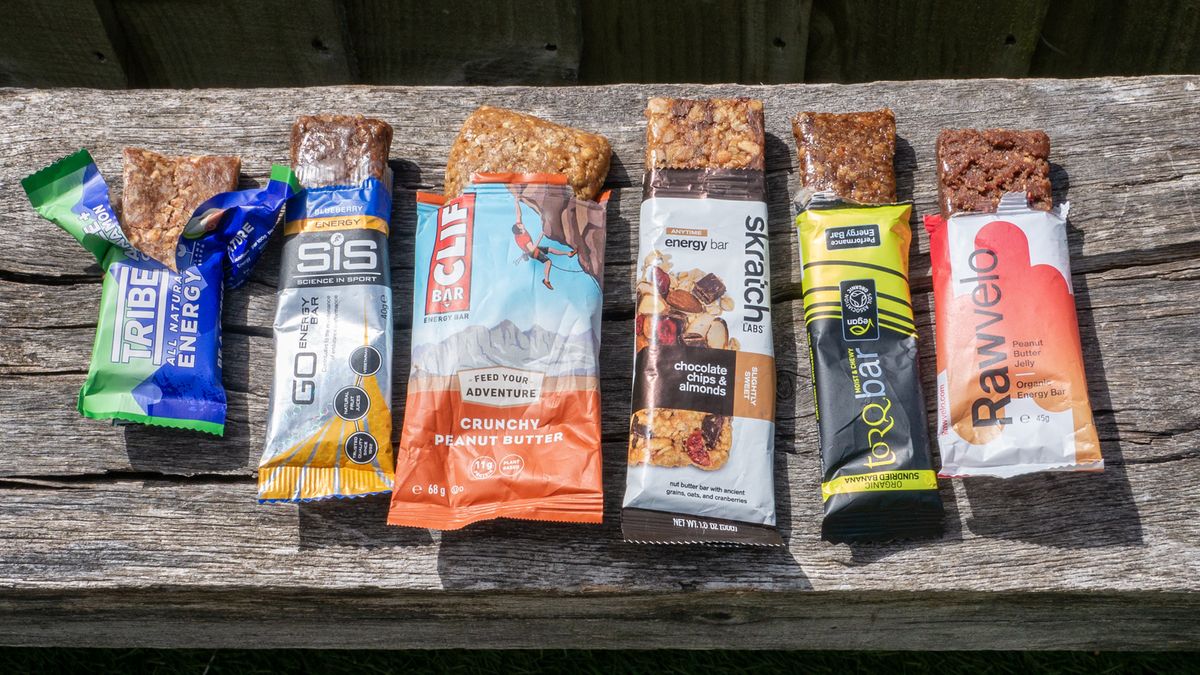This blog post compares the use of energy bars to energy gels and giving the advantages and disadvantages when used for cycling nutrition:
When it comes to cycling nutrition, energy bars and energy gels are two of the most popular options. Both are designed to provide a concentrated amount of energy in the form of carbohydrates to fuel muscles before or during exercise. However, there are some key differences between the two.
Energy Bars Energy bars are designed to be more substantial than energy gels. They tend to be made of simpler sugars than a cereal bar so that they can be easily absorbed and digested. They provide another concentrated hit of energy, but this time with a bit more substance. When you are using them during a long ride they fill you up a little more than a gel1. The best energy bars sit between everyday food and energy gels on the buffet of on-bike nutrition2. Their taste and ingredients will closely resemble something you’d eat as a snack day-to-day, such as a cereal bar. However, the best energy bars’ nutritional value will be tailored more to the demands of cycling and other endurance sports, such as triathlon2.
Advantages:
-
Energy bars tend to be more filling than gels.
-
They can provide a more sustained release of energy over time.
-
They can be easier to digest than solid food.
Disadvantages:
-
Energy bars can be bulky and difficult to carry in your pockets.
-
They can be difficult to eat while cycling.
-
Some people find them too sweet.
Energy Gels Energy gels are designed to provide a quick burst of energy when you need it most. They generally release energy more quickly than carbohydrate bars or drinks as they take less time to break down3. Gels have a much higher energy density than bars or drinks, and thus a high concentration of carbohydrates. This means that the stomach needs water to absorb the carbohydrates4.
Advantages:
-
Energy gels are easy to carry and consume while cycling.
-
They provide an almost instant boost of energy.
-
They are easy to digest.
Disadvantages:
-
Energy gels can cause an upset stomach if not consumed with enough water.
-
They do not provide sustained energy over time.
-
Some people find them too sweet.
In conclusion, both energy bars and energy gels have their advantages and disadvantages when used for cycling nutrition. Energy bars tend to be more filling and provide sustained release of energy over time, but they can be bulky and difficult to eat while cycling. Energy gels, on the other hand, are easy to carry and consume while cycling, but they do not provide sustained energy over time and can cause an upset stomach if not consumed with enough water. Ultimately, it comes down to personal preference and what works best for your body.
